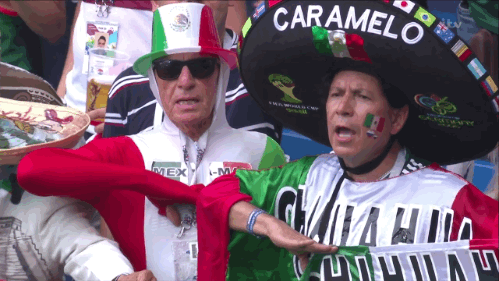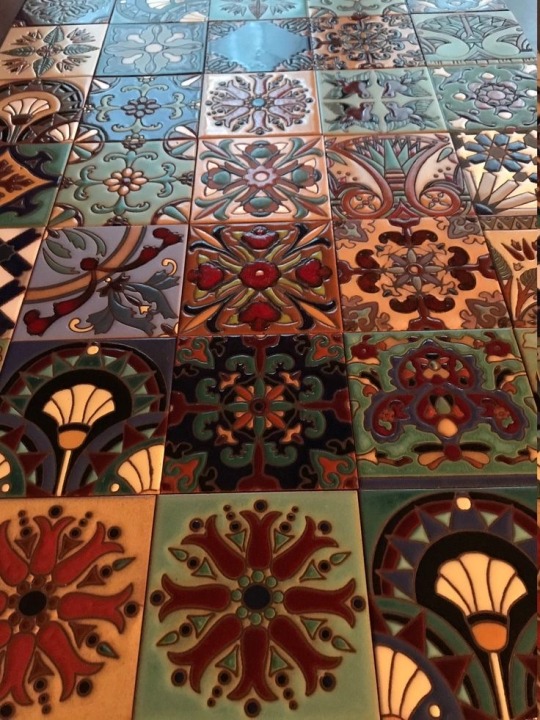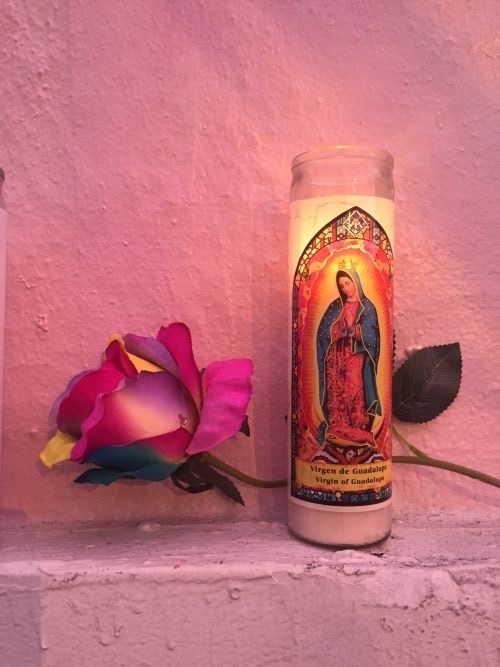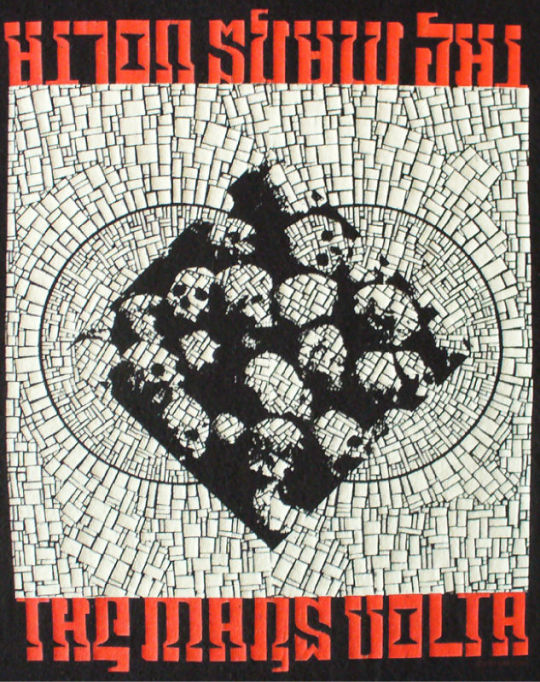#mexique
Text



🥥🍸WMEXIC BEACH 🥥🍸 | SET
(EARLY ACCESS)
🍸35 items
🍸5 Chairs Mexican Style
🍸4 Windows"Celocias"
TIER PRO ( Public Access 08.10.2023)






DOWNLOAD Patreons :
🥥 EARLY ACCESS NOW🥥

- Public Access 10 . OCT . 2023
https://www.patreon.com/rusticsims
THANK YOU FOR UR SUPPORT! - Rusticsims 👶🏻
@maxismatchccworld @coffee-cc-finds
@sssvitlans @ss-finds @sssvitlanz
#ts4#thesims4#sims4#ts4cc#sims4cc#sims 4 cc#sims 4 custom content#sims 4#ts4 download#the sims 4#sims 4cc#sims 4 cc finds#sims 4 maxis cc#the sims custom content#sims 4 download#the sims 4 cc finds#mexico#mexican#mexique#mextagram#latin america
667 notes
·
View notes
Text

Xoloitzcuintle.
The one that guides your soul to Mictlán
#xolotl#xolo#xoloitzcuintle#dog#mictlan#aztec mythology#dia de muertos#cempasuchil#aztec#mexican traditions#mexican culture#mexico#flowers#mexique#soul#guide
279 notes
·
View notes
Text

The Mars Volta
#the mars volta#mars volta#latino#alternative rock#alternative music#alternative#indie music#indie rock#indie#post-hardcore#post hardcore#Black and White#noir et blanc#mexique#2000s nostalgia#2000s#2000s alternative#2000s indie#2000s music
94 notes
·
View notes
Text
🇲🇽/🇵🇸Manifestation dans la capitale mexicaine en soutien à la Palestine et dénonçant l'agression israélienne contre la bande de Gaza







#mexique#mexico#mexican#free free palestine#free palestine#i stand with palestine#genocide in palestine#stand with palestine#palestine#palestine will be free#palestine genocide#palestinian lives matter#free gaza#palestinian resistance#palestinian genocide#pro palestine#palestinians#support palestine#save palestine#palestine will never die#from the river to the sea palestine will be free#gaza strip#gaza genocide#gaza under genocide#gaza under attack#save gaza#stand with gaza#genocide in gaza#gaza#gaza free
29 notes
·
View notes
Text

The Invention of Hispanics: What It Says About the Politics of Race
America’s surging politics of victimhood and identitarian division did not emerge organically or inevitably, as many believe. Nor are these practices the result of irrepressible demands by minorities for recognition, or for redress of past wrongs, as we are constantly told. Those explanations are myths, spread by the activists, intellectuals, and philanthropists who set out deliberately, beginning at mid-century, to redefine our country. Their goal was mass mobilization for political ends, and one of their earliest targets was the Mexican-American community.
These activists strived purposefully to turn Americans of this community (who mostly resided in the Southwestern states) against their countrymen, teaching them first to see themselves as a racial minority and then to think of themselves as the core of a pan-ethnic victim group of “Hispanics”—a fabricated term with no basis in ethnicity, culture, or race.

This transformation took effort—because many Mexican Americans had traditionally seen themselves as white. When the 1930 Census classified “Mexican American” as a race, leaders of the community protested vehemently and had the classification changed back to white in the very next census. The most prominent Mexican-American organization at the time—the patriotic, pro-assimilationist League of United Latin American Citizens (LULAC)—complained that declassifying Mexicans as white had been an attempt to “discriminate between the Mexicans themselves and other members of the white race, when in truth and fact we are not only a part and parcel but as well the sum and substance of the white race.”

Tracing their ancestry in part to the Spanish who conquered South and Central America, they regarded themselves as offshoots of white Europeans.
Such views may surprise readers today, but this was the way many Mexican Americans saw their race until mid-century. They had the law on their side: a federal district court ruled in In Re Ricardo Rodríguez (1896) that Mexican Americans were to be considered white for the purposes of citizenship concerns. And so as late as 1947, the judge in another federal case (Mendez v. Westminster) ruled that segregating Mexican-American students in remedial schools in Orange County was unconstitutional because it represented social disadvantage, not racial discrimination.
At that time Mexican Americans were as white before the law as they were in their own estimation.

The process would only work if Mexican Americans “accepted a disadvantaged minority status,” as sociologist G. Cristina Mora of U.C. Berkeley put it in her study, Making Hispanics (2014). But Mexican Americans themselves left no doubt that they did not feel like members of a collectively oppressed minority at all. As Skerry noted, “[the] race idea is somewhat at odds with the experience of Mexican Americans, over half of whom designate themselves racially as white.” Even in the early 1970s, according to Mora, many Mexican-American leaders retained the view that “persons of Latin American descent were quite diverse and would eventually assimilate and identify as white.” And yet “Spanish/Hispanic/Latino” is now a well-established ethnic category in the U.S. Census, and many who select it have been taught to see themselves as a victmized underclass. How did this happen?
In other words, a distinctive set of beliefs, customs, and habits supported the American political system. If the Cajun, the Dutch, the Spanish—and the Mexicans—were to be allowed into the councils of government, they would have to adopt these mores and abandon some of their own. It is hard to argue that this formula has failed. Writing in 2004, political scientist Samuel Huntington reminded us that
“Millions of immigrants and their children achieved wealth, power, and status in American society precisely because they assimilated themselves into the prevailing culture.”
Indeed, merely calling Mexican-Americans a ‘minority’ and implying that the population is the victim of prejudice and discrimination has caused irritation among many who prefer to believe themselves indistinguishable [from] white Americans…. [T]here are light-skinned Mexican-Americans who have never experienced the faintest…discrimination in public facilities, and many with ambiguous surnames have also escaped the experiences of the more conspicuous members of the group.”
Even worse, there was also “the inescapable fact that…even comparatively dark-skinned Mexicans…could get service even in the most discriminatory parts of Texas,” according to the report. These experiences, so different from those of Africans in the South or even parts of the North, had produced
a long and bitter controversy among middle-class Mexican Americans about defining the ethnic group as disadvantaged by any other criterion than individual failures. The recurring evidence that well-groomed and well-spoken Mexican Americans can receive normal treatment has continuously undermined either group or individual definition of the situation as one entailing discrimination.
It is incumbent on us to pause and note exactly what these UCLA researchers were bemoaning. Their own survey was revealing that Mexican-Americans’ lived experiences did not square with their being passive victims of invidious, structural discrimination, much less racial animus. They owned their own failures, which—their experience told them—were remediable through individual conduct, not mass mobilization. Their touchstones were individualism, personal responsibility, family, solidarity, and independence—all cherished by most Americans at the time, but anathema to the activists.
The study openly admitted that reclassification as a collective entity serves the “purposes of enabling one to see the group’s problems in the perspective of the problems of other groups.” The aim was to show “that Mexican Americans share with Negroes the disadvantages of poverty, economic insecurity and discrimination.” The same thing, however, could have been said in the late 1960s of the Scots-Irish in Appalachia or Italian Americans in the Bronx. But these experiences were not on the same level as the crushing and legal discrimination that African Americans had faced on a daily basis. That is why the survey respondents emphasized “the distinctiveness of Mexican Americans” from Africans and “the difference in the problems faced by the two groups.” The UCLA researchers came out pessimistic: Mexican Americans were “not yet easy to merge with the other large minorities in political coalition.”
Thereafter, militants from La Raza, MALDEF, and other organizations put pressure on the Census Bureau to create a Hispanic identity for the 1980 Census—in order, as Mora puts it, “to persuade them to classify ‘Hispanics’ as distinct from whites.”
The Hispanic category was a Frankenstein’s monster, an amalgam of disparate ethnic groups with precious little in common.
The 1970 Census had included an option to indicate that the respondent was “Mexican, Puerto Rican, Cuban, Central or South American, [or] Other Spanish.” But re-categorizing Mexican Americans and lumping them in with other residents of Latin American descent under a “Hispanic American” umbrella was a necessary move, Mora writes, because “this would best convey their national minority group status.”
The law states that “a large number of Americans of Spanish origin or descent suffer from racial, social, economic, and political discrimination and are denied the basic opportunities that they deserve as American citizens.” The very thing that defined Hispanics was victimhood.
IT IS SHOWN THAT THE HUMAN CATEGORY "WHITE" WAS BUILT UPON THE IDEA OF THAT BRITISH AS WHITE, CHRISTIAN, OF THEIR ESSENCE FREE,AND DESERVING OF RIGHTS AND PRIVILEGES FROM WHICH THOSE INSUFFICIENTLY BRITISH -LIKE COULD BE DENIED. JACQUELINE BATTALORA "BIRTH OF A WHITE NATION.
#hispanics#latina#afro latina#curvy latina#latin girls#latinx#sexy latina#thick latina#latino#kemetic dreams#brownskin#brown skin#mexican#mexicana#mexico#mexique#mextagram#white#black and white#white house#census data#censura#qsmp census bureau#u.s. census bureau#tumblr censure#the invention of the Hispanic#african#afrakan#afrakans#africans
72 notes
·
View notes
Text

Mexique - Las Momias en el Panteon de Guanajuato.
Vintage postcard
43 notes
·
View notes
Text
Reine Du Chaos

#black and white#dark aesthetic#b&w#dark girly#me#dark grunge#alt girl#b&w photography#blanco y negro#septum#mexico#tumblr mexa#grunge#grungy aesthetic#grungy girls#sadgirl#mexique
22 notes
·
View notes
Text

Masque Teotihuacan - Mexique - Ve-VIe siècle
15 notes
·
View notes
Text

Mexico mágico
#nostalgia#my art#original photographers#photographers on tumblr#photooftheday#50mmlens#dia de los muertos#film photography#textura mexicana#traditional art#artesanos mexicanos#artemexicano#yucatan#mexico travel#mexican#mexique#tourism#mexiko
36 notes
·
View notes
Text

Xochimilco
34 notes
·
View notes
Text

Selena Gomez et Jenna Ortega
16 notes
·
View notes
Text

Arcos del Sitio, Tepotzotlan / Mexico (by Jorge Barreda).
#mexico#visit mexico#Arcos del Sitio#Bridge#architecture#mexique#tepotzotlan#wanderlust#Travel#Nature#Adventure#Central America#North America
918 notes
·
View notes
Text




L'usine de Bacardi est l'œuvre de Ludwig Mies van der Rohe au Mexique, Amérique Latine. Images / Texte : Hector Velazquez. - source Es+Cultura.
23 notes
·
View notes
Text






3/13/24 ❤️🔥
17 notes
·
View notes
Text

#the mars volta#mars volta#latino#alternative rock#alternative music#alternative#indie music#indie rock#indie#post-hardcore#post hardcore#mexique#2000s nostalgia#2000s#2000s alternative#2000s indie#2000s music
17 notes
·
View notes
Photo


Práctica Arquitectura, La hacienda jardín, Mexique, 2021.
218 notes
·
View notes